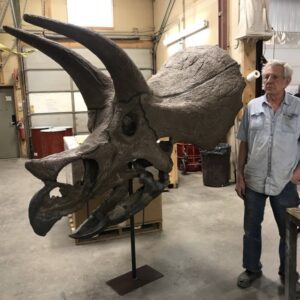Archaeological discoveries have recently captivated the world’s attention, sending shockwaves through academic and public spheres alike. The unearthing of artifacts and structures, positioned in what can only be described as delicate and sensitive postures, has sparked unprecedented interest and intrigue among researchers and enthusiasts.
These revelations, emerging from various archaeological sites around the globe, challenge preconceived notions about ancient civilizations and their cultural practices. The artifacts, intricately shaped and strategically placed, offer a glimpse into the nuanced aspects of daily life, rituals, and societal norms of these bygone eras.
The sensitivity of these positions adds an extra layer of complexity to the interpretations, prompting scholars to delve deeper into the cultural contexts that might have influenced such arrangements. The implications of these discoveries extend beyond mere historical curiosity, fostering a deeper understanding of the interconnectedness between art, ritual, and daily life in ancient societies.
As the global community continues to grapple with the implications of these findings, the significance of archaeology in shaping our understanding of human history becomes increasingly apparent. The tangible connection provided by these artifacts allows us to bridge the temporal gap and gain insights into the lives of our ancestors in ways that written records alone cannot achieve.
In conclusion, the archaeological revelations of artifacts positioned in sensitive postures have not only shocked the world but have opened up new avenues for exploration and interpretation. These discoveries challenge us to reconsider our perceptions of ancient cultures, encouraging a more nuanced and comprehensive understanding of the intricate tapestry of human history.





